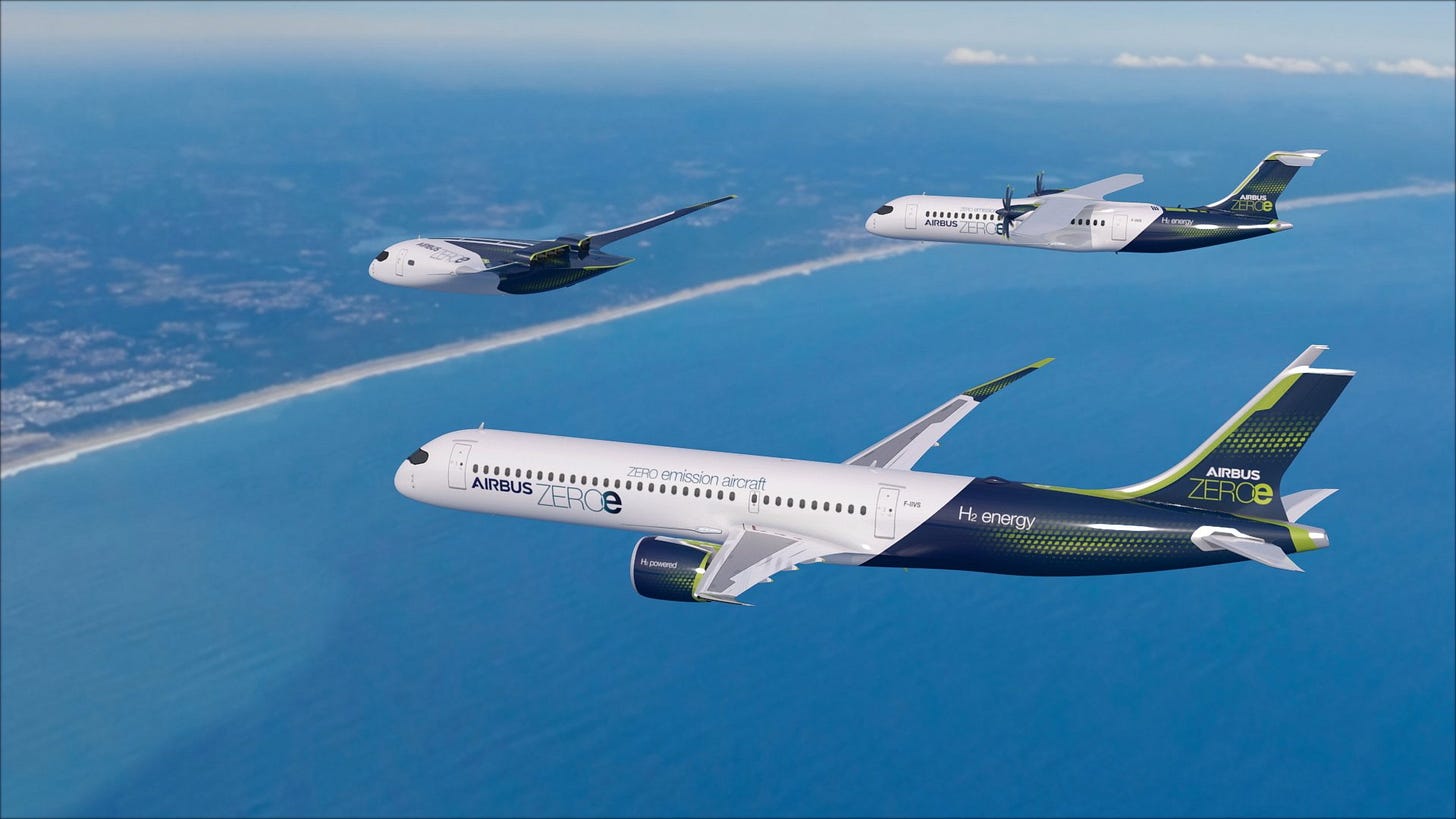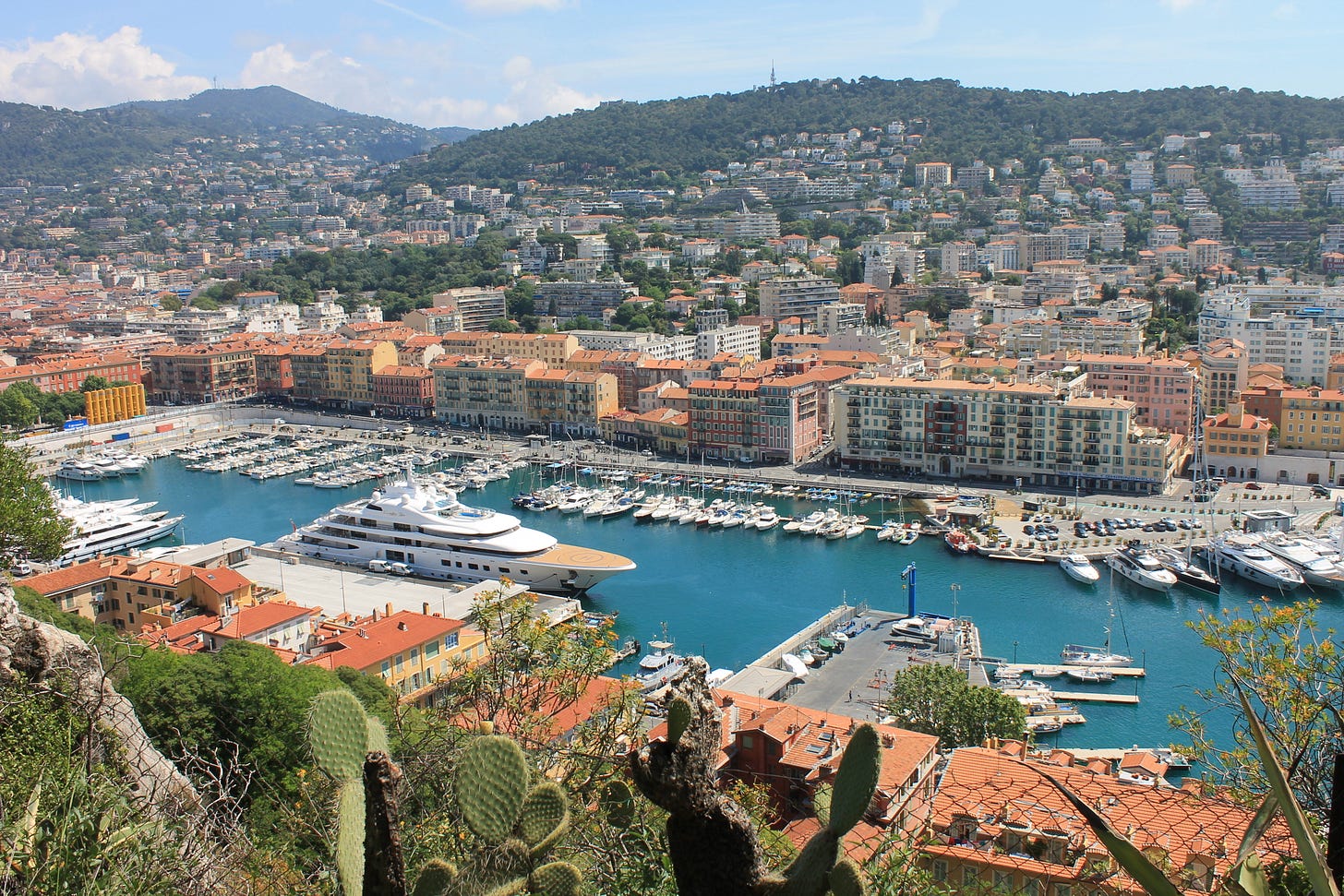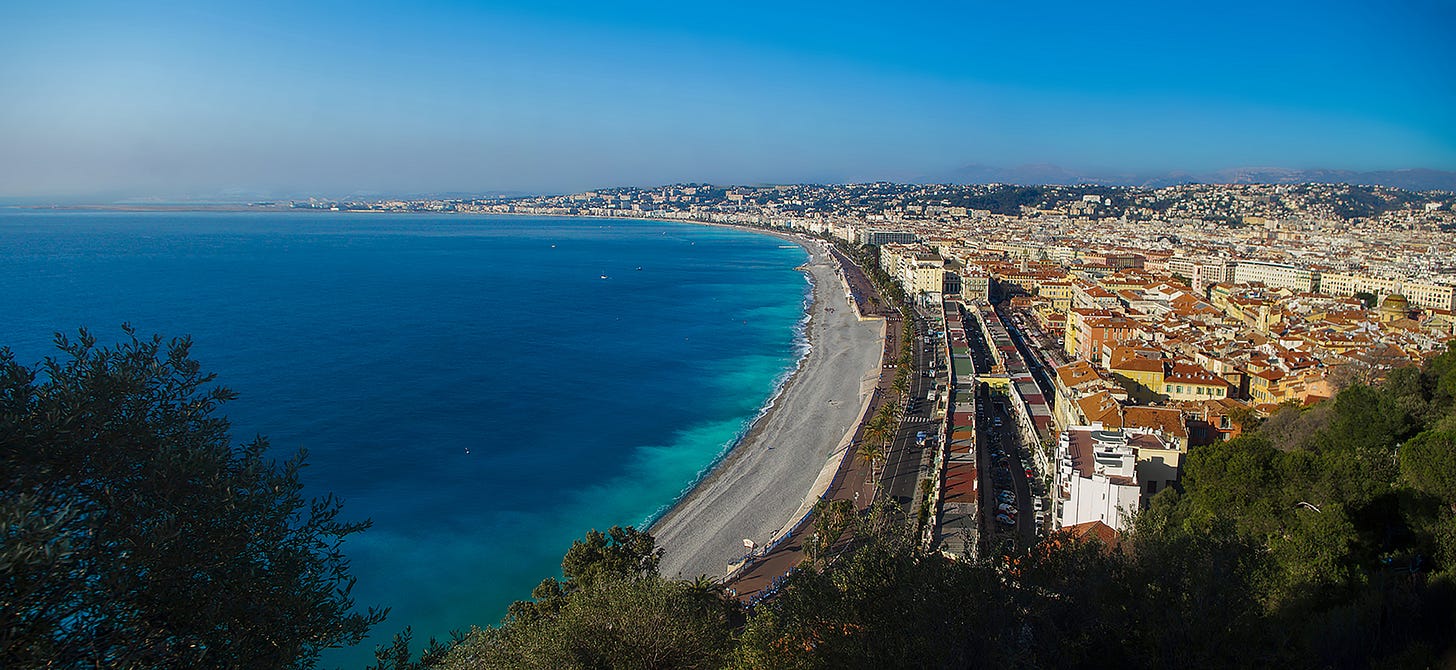Once Upon A Time In France: France Opens, The French Open, And Layoff Lessons
Dreaming of Nice
Over the weekend, I sat at a bar with friends and drank beers, ate charcuterie, and caught up on each others’ lives. The terrace of this particular bar in Toulouse, The Black Lion, was overflowing with fellow humans who were just as eager to rediscover lives that had been packed away for months.
While I had experienced this in the U.S. several weeks ago, the rebirth of France feels particularly joyful. There is something about the essentialness of cafe life in France that has made its absence even harder to endure, particularly when coupled with the severe restrictions that saw most of these establishments closed since November.
The same could be said for movies. About 300,000 people went to a movie theater when they re-opened on May 19, about the same number as a typical pre-pandemic Wednesday.
Now the country is bracing for another big step. Starting June 9, France enters the second stage of its de-confinement. Companies will be allowed to relax telecommuting rules and let more people come to the office. Gyms, the insides of cafes and restaurants, and cultural centers with either be open for the first time or allow more people.
Indoor public gatherings will be able to welcome up to 5,000 people. The Cannes Film Festival is scheduled for July and just announced its film lineup. One of the first tests of these new event rules will be Viva Technology, France’s marquee tech conference that starts June 15. The event will be a hybrid of online and in-person panels. As such, that crowd of 5,000 will be well below the more than 60,000 it attracts in typical years.
Still, it will be one of the first big tech conferences held in Europe in months. I’m going to be attending as a moderator and journalist and am looking forward to seeing just how complicated it will be to manage such an event. All attendees are required to either be vaccinated or have a recent PCR test.

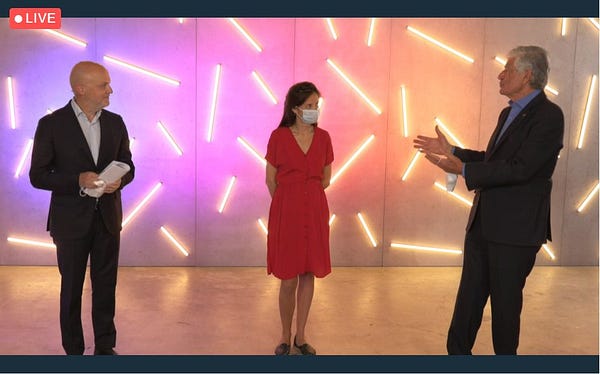
Personally, tech conferences across Europe have been an integral part of my life since we arrived here. These shows have given me the opportunity to visit places like Bulgaria, Finland, Austria, and Spain. The prospect of them returning again is exciting, though realistically I think it’s still going to be a couple of years before any of these events reach their previous size or scope.
One thing that will help Viva Tech this year is that France will re-open this week to more foreign travel. Though as you’d expect, this remains quite complicated. The government has created a “traffic light” system (green, orange, red) that determines the strictness of requirements for visiting France. The good news is that people from the U.S. will be allowed to visit without needing to cite an emergency of some kind.


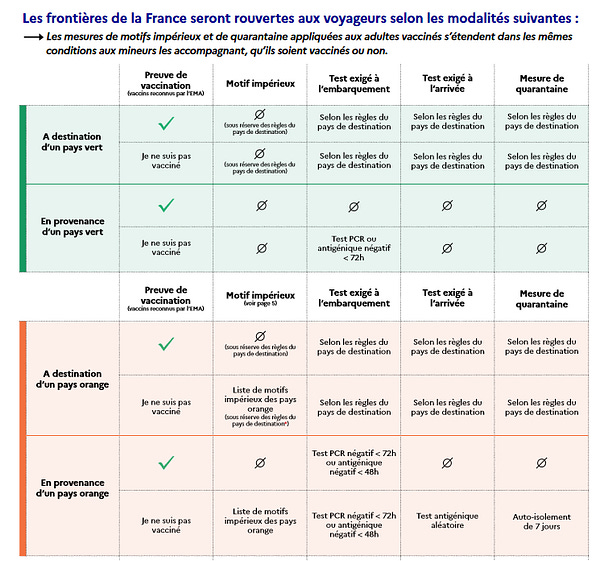
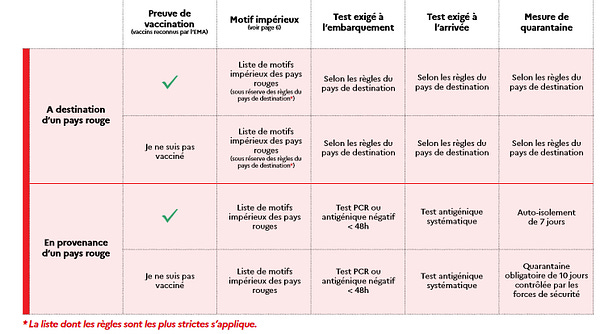
As evidence of just how fragile this all remains, the U.K. was placed in the orange category despite having been an early leader in vaccinations. Someone who is vaccinated coming from the U.K. will need a negative Covid test within 72 hours of arriving in France. That’s not such a big hurdle, but it still has some tourism operators worried that it might limit visits by some Brits.
In the meantime, France’s Covid cases and hospitalizations continue to drop as the country opens, offering some vindication to the strategy of President Macron. Buoyed by the good news, Macron has begun his own “Tour de France.” As The Guardian reports:
Emmanuel Macron has set off on his six-week political tour de France aimed at “taking the pulse” of the country as it emerges from the coronavirus crisis.
In the run-up to regional elections this month and, more importantly, the presidential battle next year, the French leader will make two regional visits a week until mid-July.
The meet-the-French exercise is aimed at promoting what he calls the “forgotten successes” of his last four years in office, overshadowed by 14 months of on-off coronavirus lockdowns and before that more than a year of gilets jaunes (yellow vests) protests.
It’s probably too soon for anyone to be taking victory laps. But if France enters into a new economic boom as the country emerges from lockdown (as some are forecasting), then it may quell some of the classic anti-government grumbling that is the country’s favorite pastime.
The French Open
In France, the local leg of Tennis’ Grand Slam is known as Roland-Garros. It’s a national obsession for two weeks where even the smallest of shops have little TVs set up to watch the tournament throughout the day.
Like all such events, it was delayed last year, causing many players to skip it. So there was some hope that this year’s event would represent a return to something resembling normalcy. But so far, the event has been anything but normal.
In part, that’s due to the stands that still remain mostly empty. But it’s also because tournament organizers decided to hold matches much later than usual in the hopes that they would make more money from TV. Indeed, they even sold streaming rights to Amazon.
But the biggest news so far has involved top player Naomi Osaka, who just a few days before play started announced she wouldn’t participate in press conferences citing her mental health. Tournament organizers were caught off-guard and applied the $15,000 fine after her first match when she skipped the press conference. At which point, she withdrew.


In general, the women’s draw has been obliterated during the first week. That includes Serena Williams, who lost to a player seeded 21. Eight of the Top 10 seeds are out as the quarterfinals approach. Of the 6 players who already advanced to the quarterfinals, 2 are unranked and the other 4 are ranked lower than 20.
On the other side, the men’s draw suffered a minor shock when Roger Federer withdrew. In part, he was the victim of a grueling match that lasted until almost 1 a.m. Coming off knee surgery, he didn’t think he’d have time to recover for the next match.


At the same time, Rafael Nadal continues his march toward another likely victory. Nadal has won 13 French opens which sorta sucks all the drama out of the event.
Perhaps just pulling off the tournament will be enough. But most of the drama and celebrity seems to have been drained away after the first week.
Layoff Lessons
There was a small announcement that landed in my inbox this week that didn’t make big headlines but still spoke to something larger about France and Europe. Airbus, the aeronautics giant which has its global headquarters just outside Toulouse, announced it had struck a deal with local governments that would create 677 new jobs over three years in the region.
For a company that has 131,000 global employees, and 20,000 locally, that may sound like a rounding error. In fact, it’s the capstone to a remarkable turnabout over the past year.
When the pandemic hit and air travel stopped, Airbus was plunged into chaos. The company announced it would lay off 15,000 employees, which shocked its 4 main territories: the U.K., Germany, France, and Spain. Across the Atlantic, rival Boeing announced plans to cut 30,000 employees.
Railing against the overuse of layoffs has been a kind of journalistic lost cause for me. American companies, particularly in tech, have turned to layoffs in growing numbers (even in relatively good times) as a clumsy management tool. To cite just one example, I watched (and wrote) in horror as HP announced more than 120,000 layoffs between 2002 and 2015. 120,000! This seemed to bother no one but me.
This is why what happened next to Airbus is of such interest to me. In Europe, and in France, such announcements are less definitive and more the beginning of a prolonged negotiation with governments and unions. This drives U.S. companies crazy, and they are constantly complaining about onerous government restrictions that make them inefficient.
But in January, the French government announced it would provide several billions of euros aid to Airbus. Subsequently, in March, Airbus announced it would not force any mandatory layoffs. Instead, it would look to a smaller number of voluntary retirements, early retirement programs, and internal transfers to new jobs to lower the number. It would also continue some workshare and furlough programs that reduce temporarily the hours for some employees through 2021. Workers’ representatives were immensely relieved:
"The decision of Airbus management to rule out forced redundancies is a huge relief for all of us," said Holger Junge, head of the Airbus workers' council.
Speaking at a press conference on Thursday, Junge noted that jobs had been saved despite the "immense" economic blow that Airbus had suffered in the last year.
Junge referred to these new plans as “intelligent solutions rather than layoffs.” By forcing companies to take a pause, to reconsider other options, to talk to employees and local officials, such intelligent solutions are indeed possible.
So the fact that now Airbus is already announcing additional local investments is remarkable. The company will spend 2.6 million euros on programs that help innovative enterprises, job training for future types of work, and for energy transition projects.
In the U.S., Boeing is proceeding with its layoffs. In a place where employees have become disposable, that’s not so surprising. But France has shown that there is a more humane and economically sound alternative.
Dreaming Of France
Almost three years after it was canceled, night train service from Paris to Nice has been restarted amid a broader push by the French government to favor more environmentally friendly transportation.
SNCF, France’s national railway service, had ended the 12-hour route back in 2017 as night trains had become increasingly unprofitable. Despite the decline in ridership at the time, many Parisians had fond memories of the overnight train to Nice. Without losing a whole day of travel, tourists can once again go from Paris to Nice and enjoy some of Côte d’Azur’s famous beaches.
The first Paris-Nice night train departed Paris Austerlitz station at 20:52 on May 20 and arrived at 09:11 on May 21 in Nice. As a sign of just how much attention this re-launch attracted, Prime Minister Jean Castex was among the passengers on this first train.
The cost is €19 for a seat that simply reclines. For a bit more comfort, riders can book a bed in a sleeper cabin. A bed in a 2nd class cabin with 6 beds starts at €29. A bed in a first-class cabin with 4 beds starts at €39. Not a bad deal for a trip to the French Riviera.
Great Reads
Even the growing optimism surrounding Covid can’t dispel the lurking fear of the far-right in France. Two recent essays have tracked the rise of Cnews, a right-leaning news channel that has become France’s Fox News.
Writing in The New York Times, Cole Stangler examined how cultural wars have become central to French politics. In part, he points the finger at Cnews:
Leading the charge is CNews, often called the French Fox News for its mimicry of the codes and conventions of American cable news. Launched in 2017 by a conservative billionaire, Vincent Bolloré, the network has attracted viewers by offering polemical debate marked by a hard-right bent — hitting an important milestone last month when it recorded the highest ratings of any 24-hour news network in France. The network’s star panelist is the nationalist essayist Éric Zemmour, a man convicted several times of hate speech against racial minorities and Muslims, while its star host, Pascal Praud, plays the role of objective moderator. Much like Tucker Carlson, he has a penchant for incendiary stories that allow him to speak in the name of the country’s victimized silent majority.
Writing in The Guardian, Angelique Chrisafis also explored the rise and influence of Cnews:
Michaël Zoltobroda, media correspondent for Le Parisien, said it was the first time in France that a TV channel had so openly prioritised right-wing issues and commentators. “Their editorial line is immigration, violence, drugs and Islam. They top their news bulletins with that type of issue and then develop it over the course of a studio debate.”
Jacques Walter, professor in information science at the University of Lorraine, said France was in a “historic period where the themes of danger, violence and decline are picking up” and the role of TV news channels was “nuanced” – both reflecting society and contributing to “normalising a certain type of debate”.
Writing in The Washington Post, Rokhaya Diallo analyzed how the right seems to be driving the political debate in France:
Until last month, Sara Zemmahi was a relatively unknown figure. A candidate based in Montpellier from President Emmanuel Macron’s République En Marche party standing for a regional election, and who happens to wear a hijab, she could not have anticipated how her appearance would create division at the national level.
After Jordan Bardella, a member of the European Parliament from the far-right National Rally, discovered her picture on a campaign poster titled “Different but united for you,” he tweeted: “Is this fighting against separatism?” And he tagged Marlène Schiappa, a prominent member of the government who is one of the leading figures fighting what the government has labeled “separatism.”
A response came unexpectedly from Stanislas Guerini, the delegate-general of En Marche, who quoted Bardella’s tweet and said the values of the party “are not compatible with the conspicuous wearing of religious symbols on electoral campaign material.” He continued by saying, “Either these candidates change their picture, or [En Marche] will withdraw its support.”
In other news, a British politician’s love of Emily In Paris drew fire. And Roger Cohen took us behind the scenes at the newest Paris museum.
Chris O’Brien
Toulouse, France


